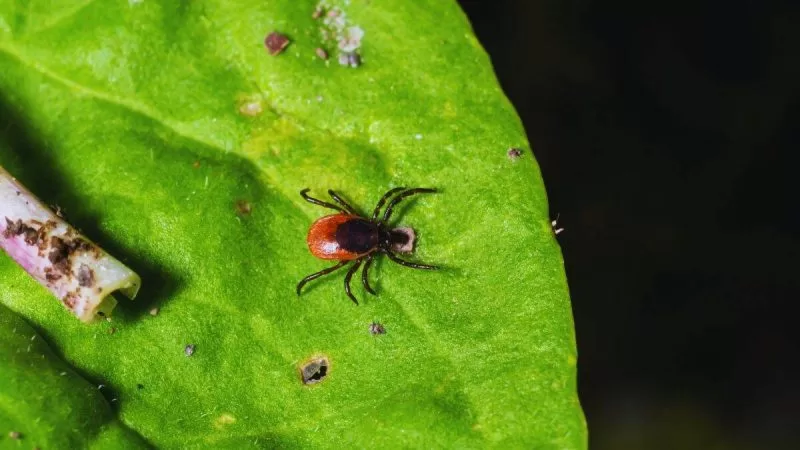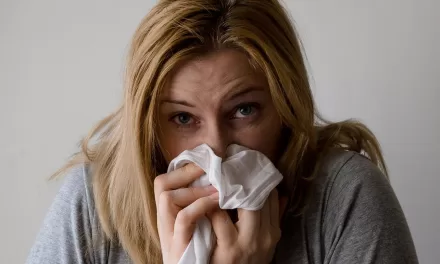The rise in tick-borne diseases across the United States has become a growing concern, with Babesiosis now emerging as a significant threat. Following a troubling increase in Lyme disease cases, the nation is witnessing a sharp uptick in Babesiosis infections, especially in the northeast. This article provides an overview of Babesiosis, its symptoms, and treatment options to help raise awareness about this serious tick-borne illness.
What is Babesiosis?
Babesiosis is caused by microscopic parasites known as Babesia, which are transmitted through the bite of an infected tick. These parasites invade and destroy red blood cells, leading to a range of potentially severe symptoms. Although rare, the disease can cause significant health issues, particularly in individuals with weakened immune systems.
According to a 2023 report by the Centers for Disease Control and Prevention (CDC), there has been a notable increase in Babesiosis cases in the northeastern United States. The growing prevalence of this disease has raised alarms among health officials and prompted a closer look at preventive measures and treatment strategies.
Symptoms of Babesiosis
Symptoms of Babesiosis can vary widely. While some individuals may remain asymptomatic or experience mild symptoms, others may suffer from more severe manifestations. Common symptoms include:
- Chills
- Fever
- Headache
- Body aches
- Fatigue
- Nausea
- Sweats
In more severe cases, individuals may develop anemia, which can complicate the condition further. It is crucial for individuals experiencing these symptoms, especially after a tick bite, to seek medical attention promptly.
Treatment and Management
The treatment for Babesiosis generally involves a combination of antibiotics and antimalarial medications. Commonly prescribed medications include:
- Azithromycin
- Atovaquone
- Clindamycin
- Quinine
In cases of severe infection, hospitalization may be necessary. Blood transfusions may also be required to manage complications such as severe anemia.
Dr. Paul Auwaerter, a professor of medicine at Johns Hopkins University School of Medicine, highlighted the potential severity of Babesiosis, particularly for those with compromised immune systems. He emphasized the importance of timely diagnosis and treatment to manage the disease effectively.
Preventive Measures
Prevention is key in managing tick-borne diseases like Babesiosis. Here are some recommended strategies to reduce the risk of infection:
- Avoid tick-infested areas: Stay away from wooded and grassy areas where ticks are commonly found.
- Use insect repellent: Apply repellents containing DEET to exposed skin and clothing.
- Wear protective clothing: When venturing into tick-prone areas, wear long sleeves, long pants, and closed-toe shoes.
- Perform tick checks: After spending time outdoors, thoroughly check yourself, your children, and pets for ticks.
- Maintain clean surroundings: Keep outdoor areas well-maintained to reduce tick habitats.
Conclusion
The increasing incidence of Babesiosis in the US underscores the need for heightened awareness and preventive measures. By understanding the symptoms and seeking timely treatment, individuals can effectively manage and mitigate the risks associated with this tick-borne disease. For those affected, consulting with healthcare professionals for appropriate treatment and following preventive guidelines are crucial steps in combating this growing health concern.












